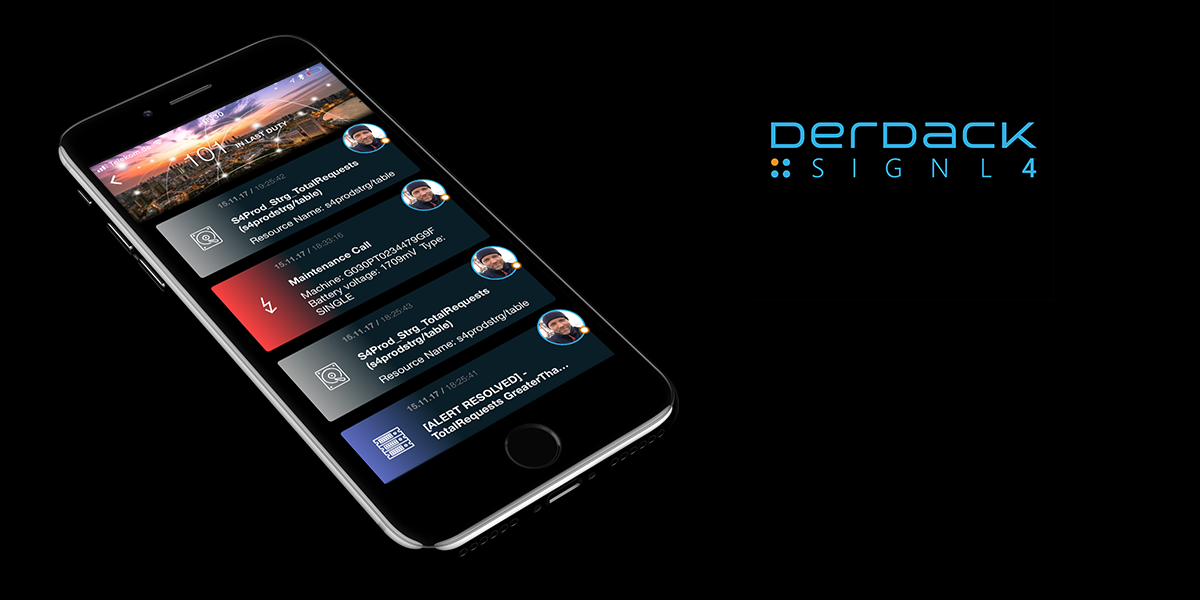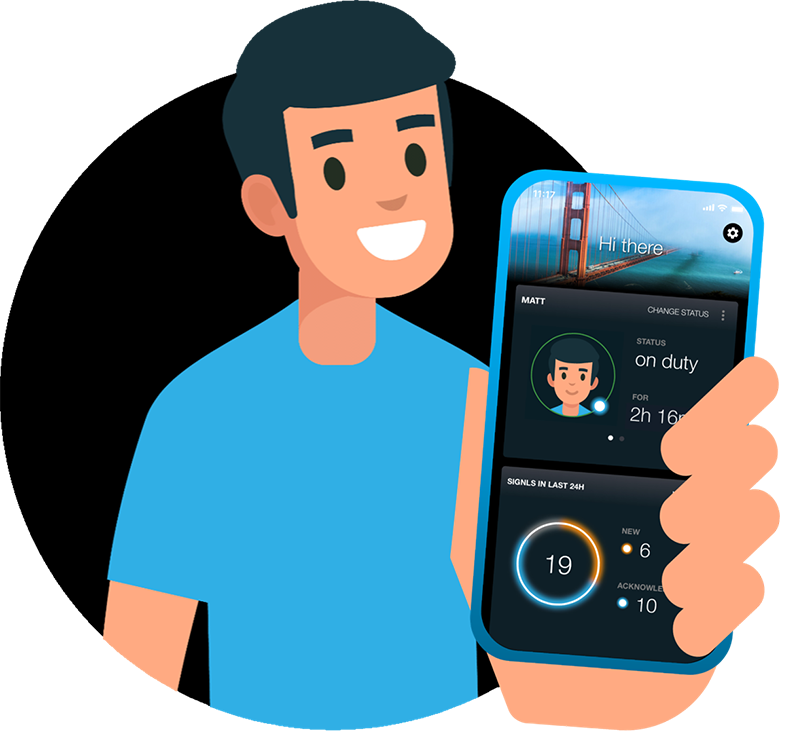The April 2018 update adds the following new features to SIGNL4:
- New methods and method enhancements for the REST API and webhook
- A new duty & shift length of 14 days
- Availability in new countries
Happy exploring!
Outbound webhooks: Correlate alert-status changes and the original event
We have addressed requests for better correlation of alert-triggering events and alert status changes (signls). The payload of each outbound webhook call now contains the ID of the original event that triggered the alert. This applies, for instance, to the case of alert acknowledgement or resolution. Please, refer to the outbound webhook documentation for more details.
Outbound webhooks: Annotations on Signls
SIGNL4 now triggers a call to your registered webhooks when somebody adds an annotation to a Signl.
REST API: Find out who’s on duty
You now also get information if a user is on or off duty through the REST API. The return payload for the ‘GetUser’ functions now contains there duty status.
14-days Duty Length
We now also support a duty/shift lengths of 14 days. In this case the maximum alert data retention is 28 days (current duty plus previous duty).
Supported Countries
SIGNL4 is now also available for purchase in Singapore and Russia.
Certified Splunk integration
There is now a Splunk-certified app which connects SIGNL4 with Splunk by 2 mouse clicks. It forwards Splunk alerts to one or more SIGNL4 teams with ease. Learn more here and here (Video).
Mobile App
Earlier updates this months added the ability to trigger an alert directly from the dashboard of the mobile app. These updates also refined the onboarding experience and process.
What’s next?
The next big update is a few weeks away and will add voice and text alerting.


